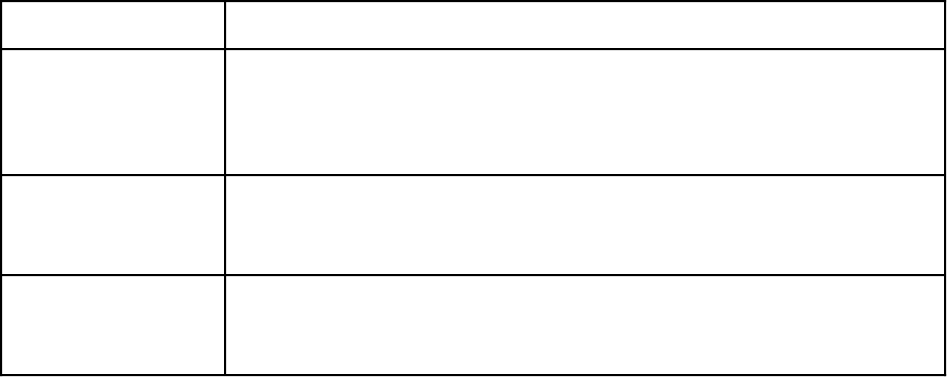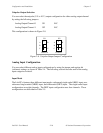
Chapter 2 Configuration and Installation
© National Instruments Corporation 2-11 Lab-PC+ User Manual
Table 2-5. Input Configurations Available for the Lab-PC+
Configuration Description
DIFF Differential configuration provides four differential inputs with the
positive (+) input of the instrumentation amplifier tied to Channels 0,
2, 4, or 6 and the negative (-) input tied to Channels 1, 3, 5, or 7
respectively, thus choosing channel pairs (0,1), (2,3), (4,5), or (6,7).
NRSE Non-referenced single-ended configuration provides eight single-ended
inputs with the negative input of the instrumentation amplifier tied to
AISENSE/AIGND and not connected to ground.
RSE Referenced single-ended configuration provides eight single-ended
inputs with the negative input of the instrumentation amplifier
referenced to analog ground.
While reading the following paragraphs, you may find it helpful to refer to Analog Input Signal
Connections in Chapter 3, Signal Connections, which contains diagrams showing the signal
paths for the three configurations.
DIFF Input (Four Channels)
DIFF input means that each input signal has its own reference, and the difference between each
signal and its reference is measured. The signal and its reference are each assigned an input
channel. With this input configuration, the Lab-PC+ can monitor four differential analog input
signals. To select the DIFF mode, you must set the SE
__
/D bit as described in the Command
Register 4 bit description in Appendix D, Register Map and Descriptions. You must also set the
following jumper.
W4: B-C Jumper is in stand-by position, and negative input of instrumentation amplifier
is tied to multiplexer output.


















